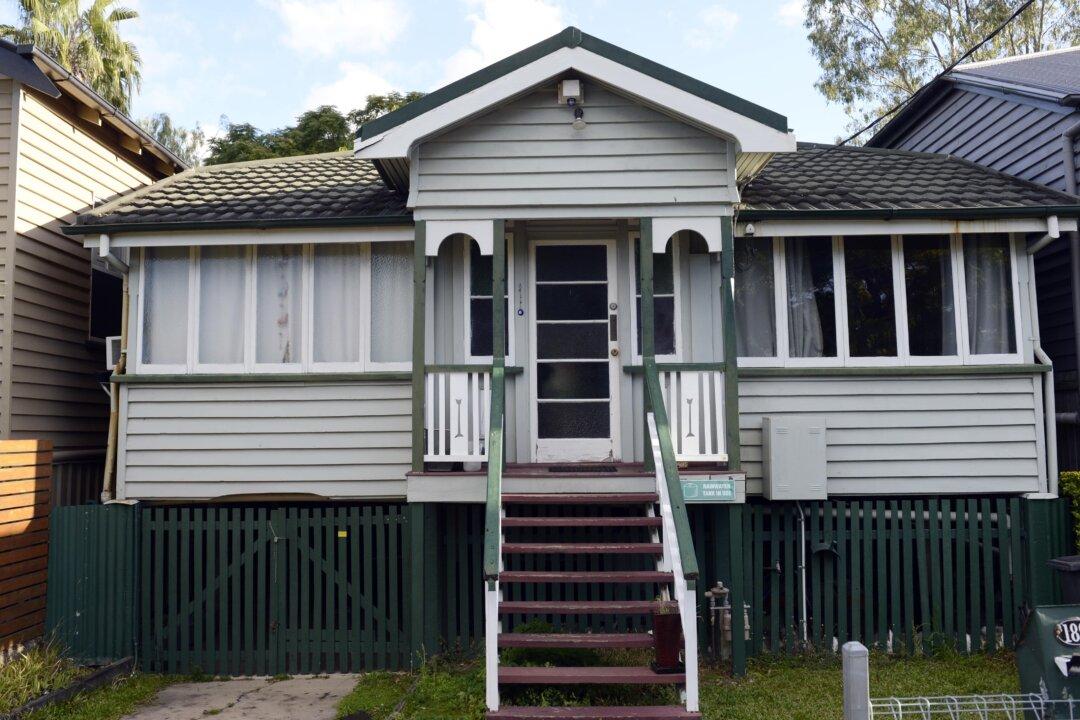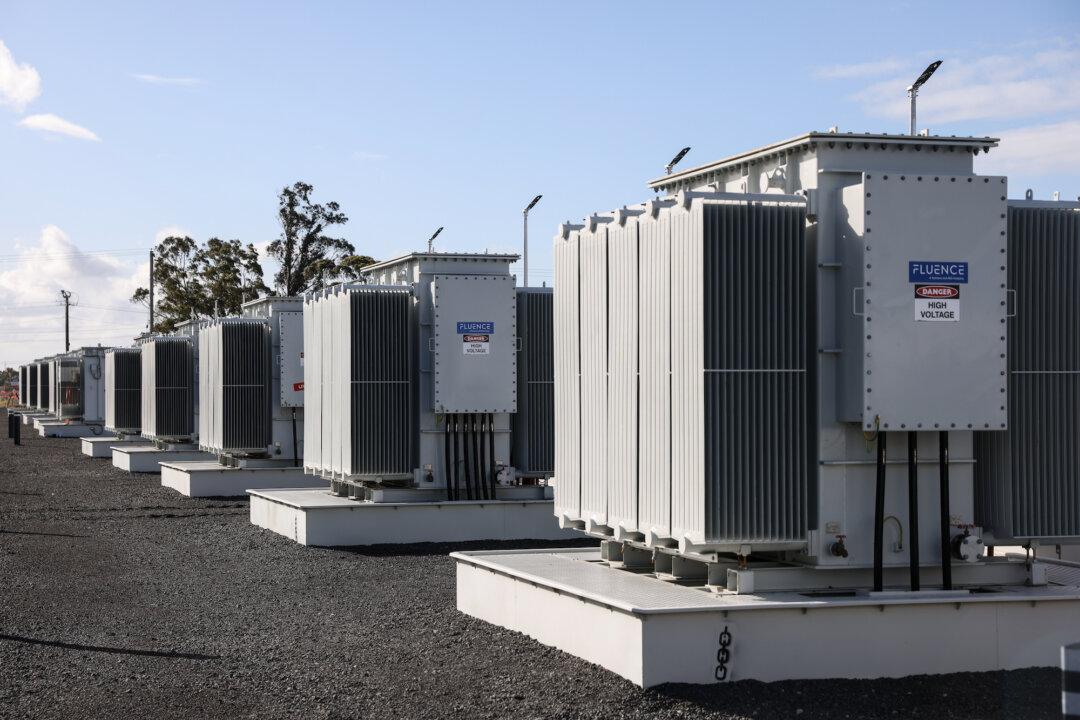A new report by the Property Council of Australia has revealed that the Queensland government has collected an additional $3.5 billion (US$2.3 billion) in stamp duty over the last three years.
Stamp duty applies when you buy or transfer a property. According to the Executive Director of Property Council’s Queensland Division, Jess Caire, stamp duty makes up one-third of the price of a new home in Queensland.




